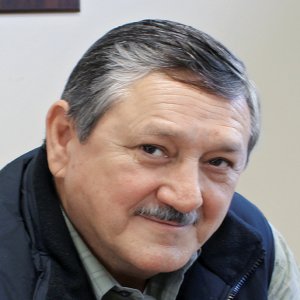Filtered Tails Offer Improved Sustainability

STORY INLINE POST
With events such as the devastating 2014 toxic spill at Buenavista del Cobre still fresh in the memory, mine managers across the country are constantly looking for innovative ways to reduce the environmental footprint of their operations. Recent technological advancements in the area of tailings management have provided a crucial boost to the global industry, although the new practices have so far been slow to take off in Mexico. Ausenco, an Australian engineering and project management provider with over 25 years’ experience in the mining industry, is working to change this. Joel Carrasco, Ausenco’s manager for Mexico, explains how the company’s filtered tailings solutions, which involve the use of vacuum or pressure filters to dewater tailings, are making an impact on improving the sustainability of the industry. “Filtered tailings are a perfect example of how operations can reduce fresh water consumption and recycle as much water as possible," he notes. "Not only do filtered tails help reduce fresh water use, but they also reduce the environmental imprint compared to more conventional facilities." Filtered, or “dry stack,” tails are not by any means new technology but Ausenco is one of the few companies around the world with focused dry stack expertise, and the group has already had success implementing its technology in Latin America. “One example of a filtered tailings project we are developing is in La Escondida in Chile, the largest copper mine in the world," he adds. "Many companies in Mexico have been implementing programs focused on dry stack facilities for environmental considerations. Key players that are interested in transitioning their aim toward these facilities are frequently requesting help from our company.”
As well as dry stack tails, another focus for Ausenco is the conversion of waste into energy, in particular via the introduction of co-disposal facilities. By combining waste rock from mines and tailings into one facility co-disposal systems significantly improve mine sustainability and greatly simplify the complicated mine closure process. The same is true for heap leach operations, which require considerable amounts of space, liners, and infrastructure. Carrasco explains how Ausenco tackles this problem through regeneration of heap leach pads. “Ausenco strives to focus on the spent heap leach piles and analyze whether these piles can be further used,” he states. “Two things can happen, the ore can continue to be placed in the leach pile or re-leach can be initiated by injection wells. Reinjecting the heap leach piles can increase metal extraction as well as recovery rates. These options can be the alternative to constructing additional facilities or creating more waste dumps.”
One company which has recognized the benefits of such solutions is Fresnillo, which sought the assistance of Ausenco to install tailings facilities on its San Julian silver- gold project. According to Carrasco, the biggest fish in the Mexican mining pond are attracted to Ausenco not only for its experience of having worked on over 100 mining projects across 34 countries, but also for the “cradle to grave” service it offers. “We have been collaborating with key players such as Fresnillo and Industrias Peñoles for the past 10 years," states Carrasco. "Ausenco provides design services and supports during construction as needed, as well as assisting in the development of risk management programs. The company prides itself on the complete, customized service it provides, from design and engineering to project management and feasibility assessment."
“Collaboration between the public and private sectors is essential to creating efficient environmental and sustainability norms,” Carrasco claims. “Ausenco finds that educating the government and universities of the country reaps plenty of benefits. Oaxaca, for example, is a seismic zone that is extraordinarily difficult for mining companies to negotiate because permits are not easily obtained and people are resistant to the industry.” In response, Ausenco developed an approach with a mining company to analyze regulatory compliance and exhibit what can be expected from consultants in these situations.
























